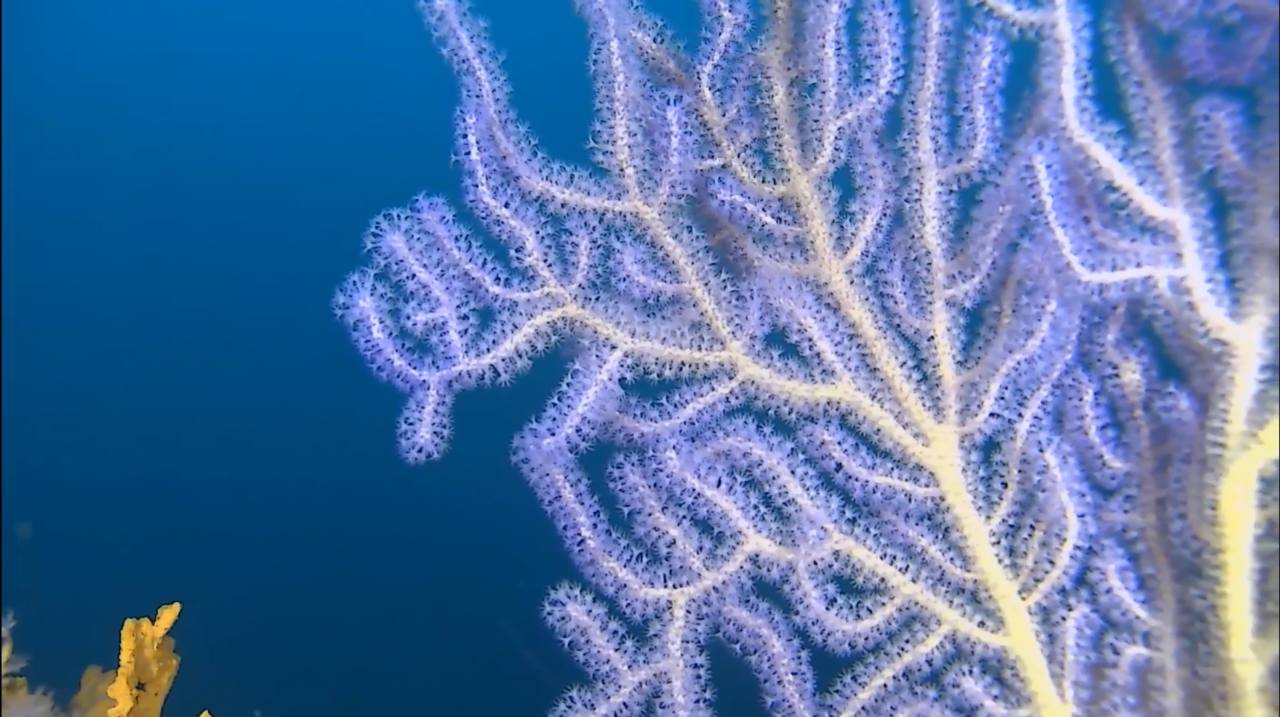So great to hear such excitement in the voices of the NOAA researchers!
Whale Fall Actively Devoured by Scavengers at Davidson SeamountWhale look what we have here! During the final dive of this year’s Nautilus expedition season, our team discovered a whale fall while exploring Davidson Seamount off central California’s coast with researchers from NOAA's Monterey Bay National Marine Sanctuary. The skeletal remains of this relatively recent fall are of a baleen whale estimated to be 4-5 meters long, and the team is working to identify the species. The site exhibits an interesting mid-stage of ecological succession, as both large scavengers like eel pouts and octopus are still stripping the skeleton of blubber, and bone-eating Osedax worms are starting to dissolve the bones. Explore with us LIVE right now: nautiluslive.org
Posted by Nautilus Live on Wednesday, October 16, 2019

